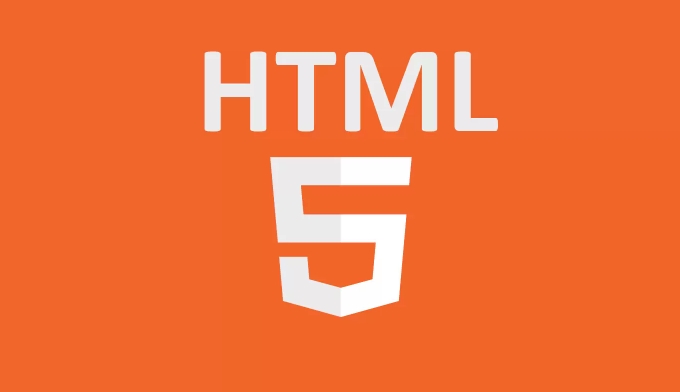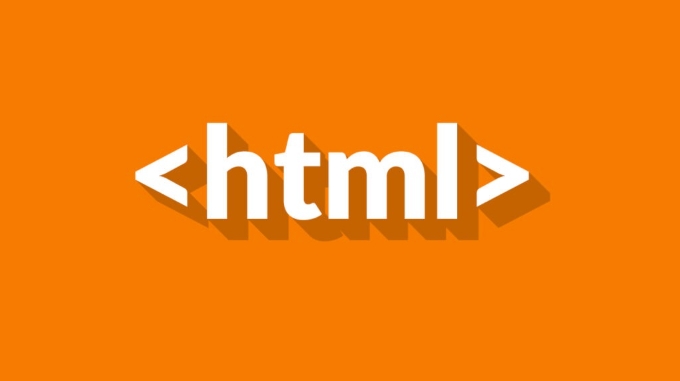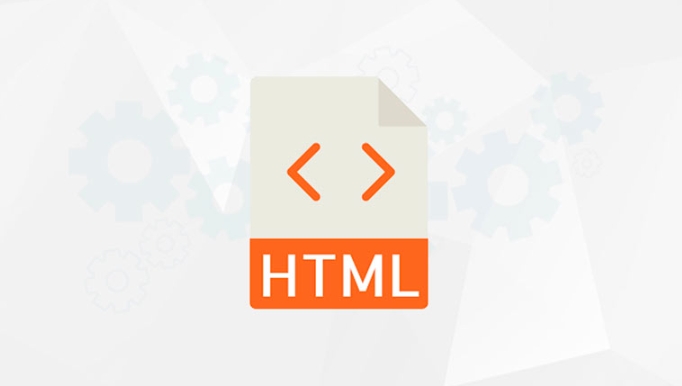HTML forms support various input types for collecting specific data, with each type enhancing usability and validation: 1. Text inputs include text for standard entries, password for masked input, email for validated email addresses, tel for phone numbers, and url for web addresses; 2. Numeric inputs include number for numeric values with constraints and range for slider-based selection; 3. Date and time inputs include date, time, datetime-local, month, and week for temporal data; 4. Selection inputs include checkbox for multiple choices, radio for single selections, select for dropdowns, and color for color picking; 5. File and hidden inputs include file for uploads and hidden for invisible data transmission; 6. Action inputs include submit for form submission, button for custom actions, reset for clearing form data, and image for graphical submission; 7. Specialized inputs include search for search fields, textarea for multi-line text, and output for displaying dynamic results; choosing the appropriate input type improves accessibility, validation, and user experience across devices.

HTML forms support a variety of input types that allow users to enter different kinds of data. Each input type serves a specific purpose and can influence how the data is collected, validated, and displayed—especially on mobile devices. Here are the most commonly used input types:

1. Text Inputs
These are used for plain text entry.
-
text: Standard single-line text input.<input type="text" name="username">
password: Masks input for security.<input type="password" name="password">
email: Validates email format.<input type="email" name="email">
tel: For telephone numbers (no automatic validation, but triggers phone-friendly keyboard).<input type="tel" name="phone">
url: For web addresses; validates URL syntax.<input type="url" name="website">
2. Numeric and Range Inputs
Used when numbers are required.

number: Accepts numeric input with optional min, max, and step.<input type="number" name="age" min="18" max="100">
range: Slider control for selecting a value within a range.<input type="range" name="volume" min="0" max="100">
3. Date and Time Inputs
Provide built-in date/time pickers in supporting browsers.
date: Calendar date (year, month, day).<input type="date" name="birthday">
time: Time input (hours and minutes).<input type="time" name="meeting-time">
datetime-local: Date and time without timezone.<input type="datetime-local" name="event-time">
month: Year and month only.week: Year and week number.
4. Selection and Toggle Inputs
Allow users to make choices.

checkbox: Multiple selections from a list.<input type="checkbox" name="hobby" value="reading"> Reading
radio: Single choice from a group of options.<input type="radio" name="gender" value="male"> Male
select(not an input, but used in forms): Dropdown list.<select name="country"> <option value="us">USA</option> </select>
color: Opens a color picker.<input type="color" name="favcolor">
5. File and Hidden Inputs
file: Lets users upload one or more files.<input type="file" name="photo" accept="image/*" multiple>
hidden: Sends data that isn’t visible to the user.<input type="hidden" name="user_id" value="123">
6. Action and Button Inputs
Trigger form actions.
submit: What are the different input types in HTML formss the form.<input type="submit" value="Send">
button: A clickable button (usually used with JavaScript).<input type="button" value="Click Me">
reset: Resets all form fields to default values.<input type="reset" value="Clear">
image: Graphical submit button.<input type="image" src="submit-btn.png" alt="What are the different input types in HTML forms">
7. Specialized Text Inputs
-
search: For search queries; often styled differently by browsers. -
textarea: Multi-line text input (technically a separate element, not an input type). -
output: Displays calculation results or dynamic output (used with JavaScript).
Modern browsers support most of these types, but fallback behavior (like showing a text field for unsupported types) is common. Using the correct input type improves usability, accessibility, and mobile user experience.
Basically, pick the input type that best matches the data you’re collecting.
The above is the detailed content of What are the different input types in HTML forms. For more information, please follow other related articles on the PHP Chinese website!

Hot AI Tools

Undress AI Tool
Undress images for free

Undresser.AI Undress
AI-powered app for creating realistic nude photos

AI Clothes Remover
Online AI tool for removing clothes from photos.

Clothoff.io
AI clothes remover

Video Face Swap
Swap faces in any video effortlessly with our completely free AI face swap tool!

Hot Article

Hot Tools

Notepad++7.3.1
Easy-to-use and free code editor

SublimeText3 Chinese version
Chinese version, very easy to use

Zend Studio 13.0.1
Powerful PHP integrated development environment

Dreamweaver CS6
Visual web development tools

SublimeText3 Mac version
God-level code editing software (SublimeText3)
 Applying Semantic Structure with article, section, and aside in HTML
Jul 05, 2025 am 02:03 AM
Applying Semantic Structure with article, section, and aside in HTML
Jul 05, 2025 am 02:03 AM
The rational use of semantic tags in HTML can improve page structure clarity, accessibility and SEO effects. 1. Used for independent content blocks, such as blog posts or comments, it must be self-contained; 2. Used for classification related content, usually including titles, and is suitable for different modules of the page; 3. Used for auxiliary information related to the main content but not core, such as sidebar recommendations or author profiles. In actual development, labels should be combined and other, avoid excessive nesting, keep the structure simple, and verify the rationality of the structure through developer tools.
 Implementing Clickable Buttons Using the HTML button Element
Jul 07, 2025 am 02:31 AM
Implementing Clickable Buttons Using the HTML button Element
Jul 07, 2025 am 02:31 AM
To use HTML button elements to achieve clickable buttons, you must first master its basic usage and common precautions. 1. Create buttons with tags and define behaviors through type attributes (such as button, submit, reset), which is submitted by default; 2. Add interactive functions through JavaScript, which can be written inline or bind event listeners through ID to improve maintenance; 3. Use CSS to customize styles, including background color, border, rounded corners and hover/active status effects to enhance user experience; 4. Pay attention to common problems: make sure that the disabled attribute is not enabled, JS events are correctly bound, layout occlusion, and use the help of developer tools to troubleshoot exceptions. Master this
 Configuring Document Metadata Within the HTML head Element
Jul 09, 2025 am 02:30 AM
Configuring Document Metadata Within the HTML head Element
Jul 09, 2025 am 02:30 AM
Metadata in HTMLhead is crucial for SEO, social sharing, and browser behavior. 1. Set the page title and description, use and keep it concise and unique; 2. Add OpenGraph and Twitter card information to optimize social sharing effects, pay attention to the image size and use debugging tools to test; 3. Define the character set and viewport settings to ensure multi-language support is adapted to the mobile terminal; 4. Optional tags such as author copyright, robots control and canonical prevent duplicate content should also be configured reasonably.
 Best HTML tutorial for beginners in 2025
Jul 08, 2025 am 12:25 AM
Best HTML tutorial for beginners in 2025
Jul 08, 2025 am 12:25 AM
TolearnHTMLin2025,chooseatutorialthatbalanceshands-onpracticewithmodernstandardsandintegratesCSSandJavaScriptbasics.1.Prioritizehands-onlearningwithstep-by-stepprojectslikebuildingapersonalprofileorbloglayout.2.EnsureitcoversmodernHTMLelementssuchas,
 HTML for email templates tutorial
Jul 10, 2025 pm 02:01 PM
HTML for email templates tutorial
Jul 10, 2025 pm 02:01 PM
How to make HTML mail templates with good compatibility? First, you need to build a structure with tables to avoid using div flex or grid layout; secondly, all styles must be inlined and cannot rely on external CSS; then the picture should be added with alt description and use a public URL, and the buttons should be simulated with a table or td with background color; finally, you must test and adjust the details on multiple clients.
 How to associate captions with images or media using the html figure and figcaption elements?
Jul 07, 2025 am 02:30 AM
How to associate captions with images or media using the html figure and figcaption elements?
Jul 07, 2025 am 02:30 AM
Using HTML sums allows for intuitive and semantic clarity to add caption text to images or media. 1. Used to wrap independent media content, such as pictures, videos or code blocks; 2. It is placed as its explanatory text, and can be located above or below the media; 3. They not only improve the clarity of the page structure, but also enhance accessibility and SEO effect; 4. When using it, you should pay attention to avoid abuse, and apply to content that needs to be emphasized and accompanied by description, rather than ordinary decorative pictures; 5. The alt attribute that cannot be ignored, which is different from figcaption; 6. The figcaption is flexible and can be placed at the top or bottom of the figure as needed. Using these two tags correctly helps to build semantic and easy to understand web content.
 What are the most commonly used global attributes in html?
Jul 10, 2025 am 10:58 AM
What are the most commonly used global attributes in html?
Jul 10, 2025 am 10:58 AM
class, id, style, data-, and title are the most commonly used global attributes in HTML. class is used to specify one or more class names to facilitate style setting and JavaScript operations; id provides unique identifiers for elements, suitable for anchor jumps and JavaScript control; style allows for inline styles to be added, suitable for temporary debugging but not recommended for large-scale use; data-properties are used to store custom data, which is convenient for front-end and back-end interaction; title is used to add mouseover prompts, but its style and behavior are limited by the browser. Reasonable selection of these attributes can improve development efficiency and user experience.
 How to handle forms submission in HTML without a server?
Jul 09, 2025 am 01:14 AM
How to handle forms submission in HTML without a server?
Jul 09, 2025 am 01:14 AM
When there is no backend server, HTML form submission can still be processed through front-end technology or third-party services. Specific methods include: 1. Use JavaScript to intercept form submissions to achieve input verification and user feedback, but the data will not be persisted; 2. Use third-party serverless form services such as Formspree to collect data and provide email notification and redirection functions; 3. Use localStorage to store temporary client data, which is suitable for saving user preferences or managing single-page application status, but is not suitable for long-term storage of sensitive information.






